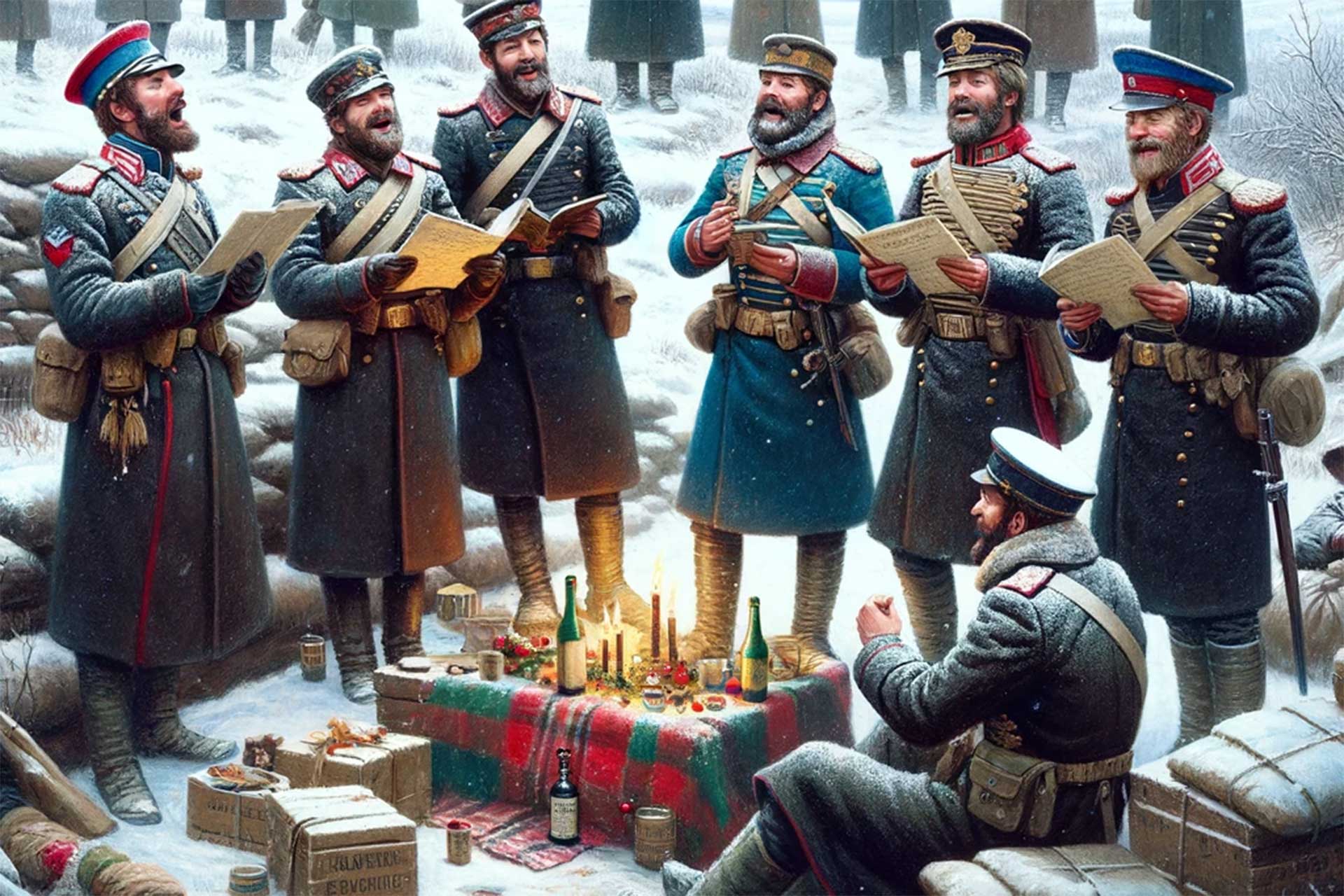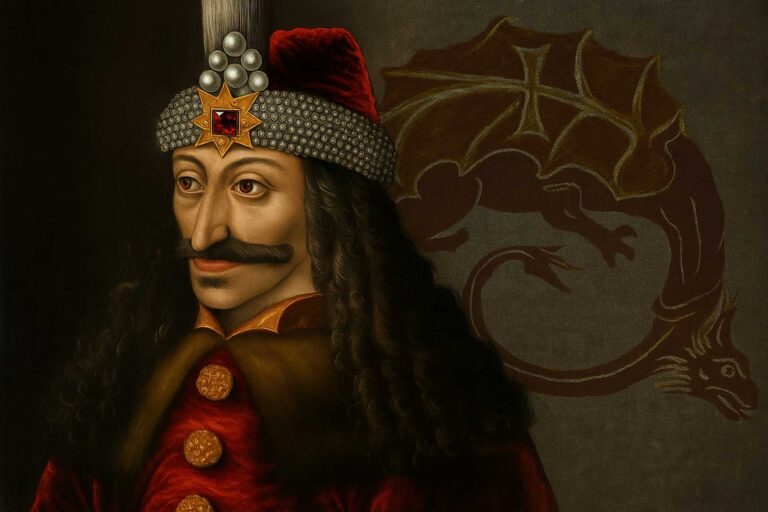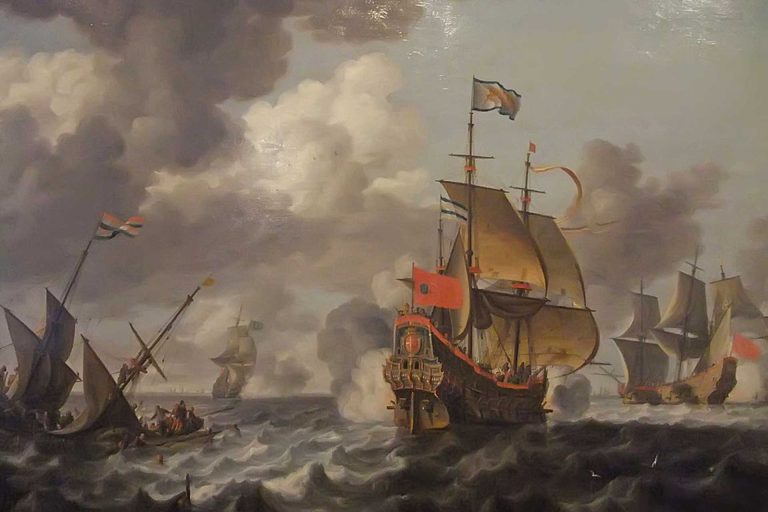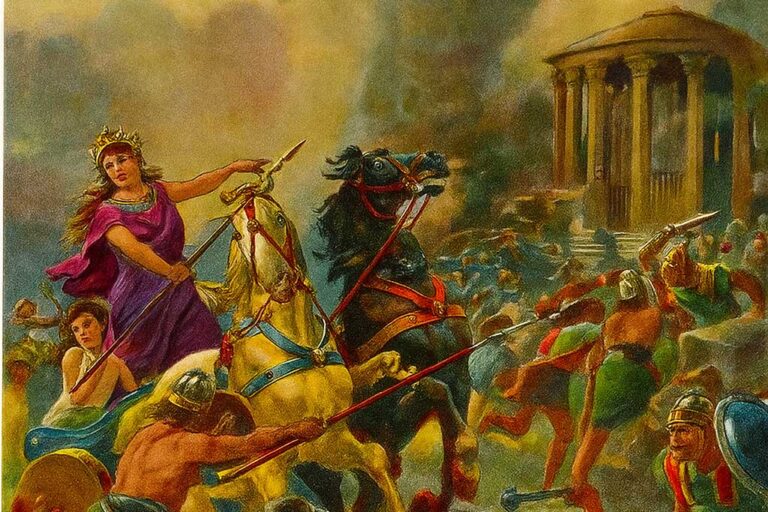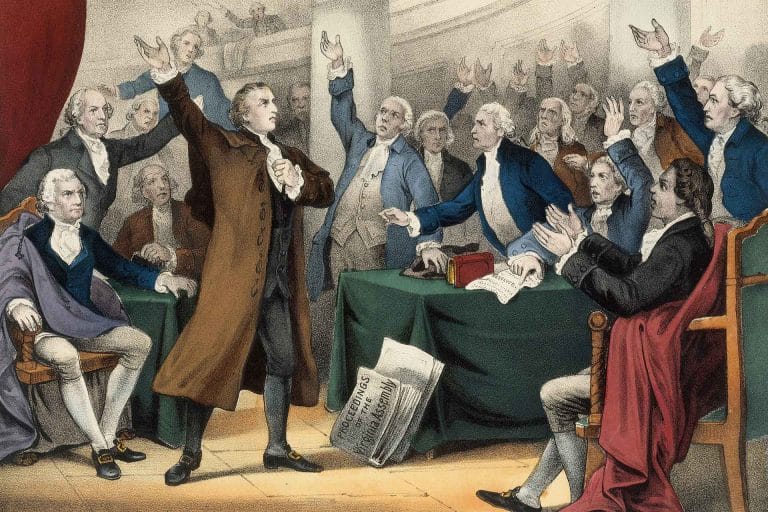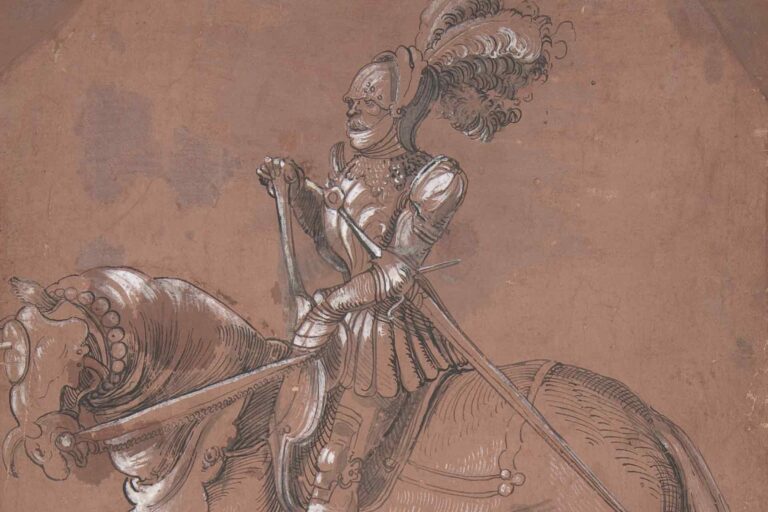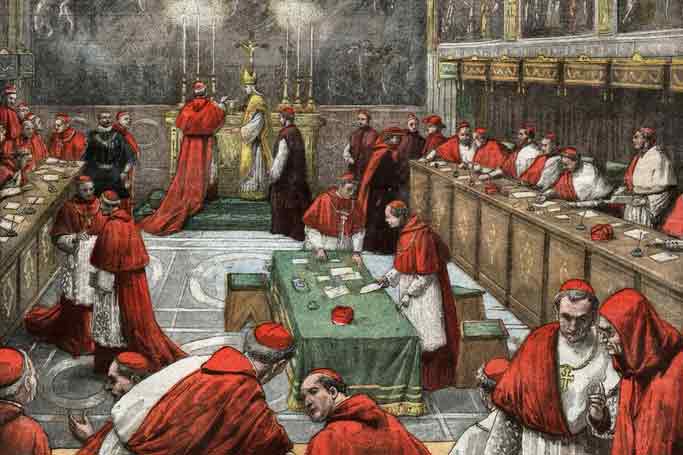When Guns Fell Silent: 10 Christmas Truces in Military History
Christmas truces, a remarkable and often unsanctioned cessation of hostilities during wartime, have punctuated military history with moments of peace and humanity. These truces, typically initiated by soldiers rather than commanding officers or national leaders, represent a fascinating interplay of tradition, empathy, and the longing for respite from the brutality of war. They are spontaneous acts that have momentarily bridged the chasm of conflict, offering a glimpse into the enduring human spirit even amidst harrowing circumstances.
Unsanctioned by official powers, these truces emerged organically, often driven by the soldiers’ mutual desire to honor the spirit of Christmas. From the frosty trenches of World War I to the verdant battlefields of the Vietnam War, these pauses in fighting have served as poignant reminders that beneath the uniforms and across the divides, the soldiers shared common values and traditions. These instances, where guns fell silent, and battlefields momentarily turned into grounds of camaraderie, stand as powerful testaments to the resilience of humanity and the universal yearning for peace.
Napoleonic Wars – Early 19th Century
During the early 19th century, amidst the far-reaching conflicts of the Napoleonic Wars, a Christmas truce offered a rare reprieve from the relentless military campaigns. Across various European battlefields, soldiers from opposing sides, weary from the constant strife, laid down their arms in honor of the festive season. They celebrated the holiday within the constraints of their encampments, likely sharing food and stories and perhaps even engaging in joint festivities with their adversaries. This pause in hostilities allowed them to momentarily cast aside their roles as combatants and embrace the spirit of Christmas as fellow human beings.
The accounts of this Christmas truce during the Napoleonic Wars have been pieced together through historical records, including soldiers’ diaries, letters sent home, and military correspondences. These sources offer invaluable insights into soldiers’ lives during one of Europe’s most turbulent periods, highlighting moments of humanity and camaraderie in a time predominantly marked by conflict and division.
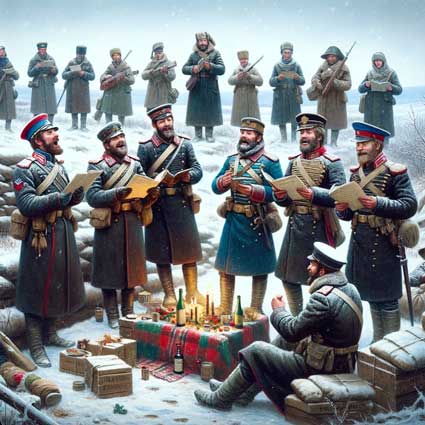
Crimean War – 1854
During the harsh winter of 1854, a Christmas truce emerged amidst the grim backdrop of the Crimean War, providing a temporary cessation of hostilities among the warring factions. The soldiers, hailing from diverse nationalities, namely French, British, and Russian, seized this moment of peace to celebrate Christmas within the grim realities of their battlefield surroundings. It is believed that they exchanged modest gifts, sang carols, and perhaps even shared stories and food across enemy lines. This brief respite allowed them to experience the comfort and camaraderie of the holiday season, a stark contrast to the usual rigors and isolation of military life.
The documentation of this Christmas truce in the Crimean War primarily comes from the letters and journals of the soldiers involved and contemporary newspaper reports. These firsthand accounts provide a poignant narrative of the truce, offering a glimpse into the human desire for connection and normalcy amid conflict. Through these sources, the spirit of the 1854 Christmas truce is remembered as a testament to the resilience and unity of soldiers facing the adversities of war.
Boer War – 1900
In 1900, during the Boer War, a Christmas truce created a unique atmosphere of peace amidst a particularly bitter and protracted conflict. The soldiers from the British and Boer forces, entrenched in a war that guerrilla tactics and sieges had marked, found solace in the Christmas celebrations. Despite the limitations imposed by their surroundings and circumstances, they engaged in traditional festivities as best as possible. It’s reported that they sang Christmas carols across the lines, exchanged greetings, and sometimes shared food and small tokens as goodwill gestures. This temporary suspension of hostilities allowed them a moment of respite and reflection, bringing a sense of shared humanity to the forefront.
Historical accounts of this Christmas truce during the Boer War are primarily sourced from letters and diaries of the soldiers, as well as contemporary journalistic reports. These accounts provide a vivid picture of the events, underscoring the stark contrast between the day-to-day realities of war and the fleeting peace of the holiday season. One particularly heartwarming detail from these accounts is the mention of makeshift Christmas trees decorated with whatever materials were at hand, symbolizing a yearning for normalcy and joy even amid war.

Vietnam War – 1967
In the Vietnam War of 1967, amidst a conflict that was notably fierce and divisive, a Christmas truce brought a brief and poignant period of calm. During this 24-hour truce, American, South Vietnamese, and North Vietnamese forces set aside their arms to observe the holiday. The soldiers, far from the comforts of home and entrenched in a landscape marked by uncertainty and strife, found ways to celebrate Christmas. American troops, in particular, received care packages and decorations from home, which they used to bring a touch of festivity to their surroundings. There were accounts of soldiers decorating their barracks and outposts with improvised Christmas trees and sharing special rations as a makeshift holiday feast.
This Christmas truce was reported in contemporary news sources, giving the public back home a glimpse into soldiers’ lives during the holiday season. Interestingly, it is documented that the truce was more fully observed in some areas than in others, with sporadic reports of skirmishes despite the agreed-upon ceasefire. This variance highlighted the complex and unpredictable nature of the Vietnam War, where the lines of conflict were often blurred. Nonetheless, the Christmas truce of 1967 stands as a reminder of the enduring human spirit amidst one of the most turbulent periods of modern history.

The Korean War – 1952
In the Korean War of 1952, amidst a divided peninsula and intense ideological conflict, a two-day Christmas truce offered a rare moment of peace. During this brief cessation of hostilities, soldiers from both sides of the conflict – United Nations forces, including Americans and South Koreans, and the North Korean and Chinese troops – marked the holiday under the tense calm of the truce.
Celebrations were understandably subdued, given the circumstances. Reports suggest that soldiers exchanged seasonal greetings and shared whatever special rations or treats they had, creating a semblance of the festive spirit far from home. In some areas, makeshift decorations adorned bunkers and tents, and carols could be heard, bringing a momentary sense of normalcy and camaraderie to the frontlines.
This Christmas truce was covered in contemporary military reports and later recounted in the memoirs and oral histories of those who served in Korea during this time. An interesting aspect of this truce was its contrast to the otherwise relentless pace of the conflict, offering a brief window where the humanity of the individual soldiers was brought to the forefront, transcending the divisions of war. Despite the brevity of the truce, it remains a poignant example of how, even amid war, the universal spirit of Christmas can foster a temporary, albeit fragile, bond among adversaries.
World War II – 1941
In 1941, during the height of World War II in the North African campaign, a Christmas truce temporarily paused the desert warfare. Soldiers from Allied and Axis forces found themselves in a strange camaraderie during the holiday season. Reports suggest that troops celebrated by singing Christmas carols across battle lines and sharing their festive provisions. Some soldiers are said to have exchanged greetings and gifts in a rare gesture of goodwill amidst the harshness of war. This brief interlude of peace in such a hostile environment highlighted the shared human traditions that transcend conflict.
This Christmas truce was documented in various military diaries and letters of the soldiers who experienced it, as well as in post-war memoirs and historical analyses. One unique aspect of this truce was the setting – amidst the vast, unforgiving desert landscape, the spirit of Christmas managed to penetrate the barriers of war, however briefly. This moment served as a poignant reminder of the common humanity that persists even under the most challenging and divided conditions.
Franco-Prussian War – 1870
In the bitter winter of 1870, during the Franco-Prussian War and the prolonged siege of Paris, a Christmas truce unfolded in an extraordinary display of fraternity between the French and German soldiers. Despite the ongoing siege and its hardships, soldiers from both sides found a way to bridge the gulf of war during the festive season.
Historical accounts depict scenes where French and German troops, entrenched in their respective positions around Paris, ceased hostilities to celebrate Christmas. They reportedly sang carols in their trenches and sometimes even crossed into the no-man’s land to exchange seasonal greetings, food, and small gifts, creating an atmosphere of shared humanity.
This remarkable Christmas truce was recorded in various soldiers’ diaries and letters, later referenced by historians and researchers studying the war. These firsthand accounts provide a glimpse into the soldiers’ lives during this temporary cessation of fighting, revealing a mutual respect and understanding that transcended national animosities. A unique aspect of this truce was its occurrence amidst a siege, a situation typically marked by heightened tensions and scarce resources, making the instance of fraternization all the more remarkable and indicative of the powerful human desire for peace and connection, even in the darkest of times.

American Civil War – 1861
In the early years of the American Civil War, specifically in 1861, a Christmas truce brought a brief respite to the otherwise relentless conflict between Union and Confederate forces. This period saw a temporary lull in fighting, allowing soldiers on both sides to celebrate the festive season. According to historical accounts, troops engaged in various holiday activities: they decorated their encampments, sang Christmas carols, and sometimes shared food and stories. Some reports even mention informal fraternization, where soldiers from opposing sides exchanged greetings and small tokens of goodwill, highlighting a shared sense of humanity amidst the division of war.
The accounts of this Christmas truce are found in letters and diaries of soldiers, official military records, and later historical analyses. These sources provide a poignant narrative of the ceasefire, offering insight into how soldiers sought to maintain traditions and a sense of normalcy during a tumultuous time. A notable aspect of this truce was the creativity soldiers displayed in celebrating Christmas away from home, often improvising with limited resources to bring joy and peace to the battlefield. This truce, though brief, remains a powerful example of how, even during the civil war, the spirit of Christmas can foster a temporary bond among adversaries.
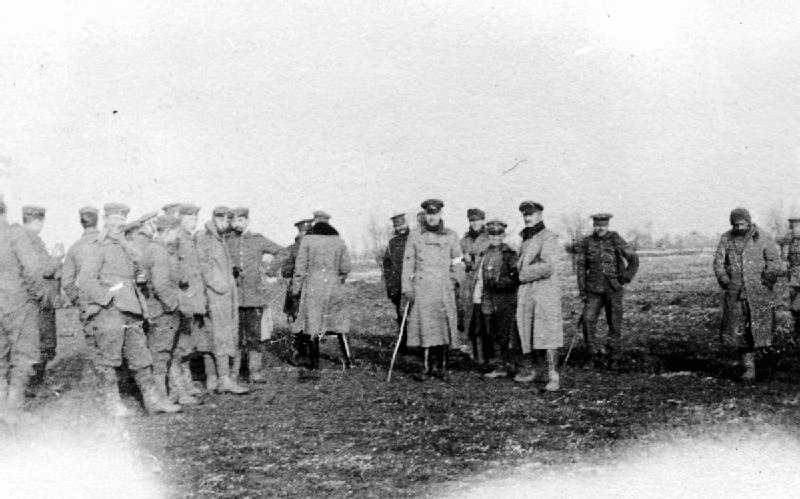
Christmas Truce of 1914 (World War I)
The Christmas Truce of 1914 during World War I is perhaps the most iconic example of wartime humanity. German and British soldiers spontaneously agreed to an unofficial ceasefire on the Western Front. This remarkable event saw enemies cross the treacherous No Man’s Land to exchange seasonal greetings, sing carols, and share small gifts like cigarettes and food. The most heartwarming aspect of this truce was the legendary football matches played between the soldiers in the barren expanse between the trenches, symbolizing camaraderie and a brief return to normalcy in wartime.
Accounts of the Christmas truce were reported in letters and journals penned by the soldiers and contemporary newspapers, providing a vivid and emotional narrative of the events. These firsthand sources painted a picture of a miraculous and spontaneous outbreak of peace and goodwill. One unique detail about this truce was the spontaneous singing of carols by troops in opposing trenches, with “Silent Night” (“Stille Nacht”) being a particular favorite, as soldiers knew it on both sides. This Christmas truce remains a poignant reminder of the potential for peace and understanding, even in the darkest times of conflict.
Reflecting on the Enduring Legacy of Christmas Truces
As we conclude our exploration of the Christmas truces that have punctuated the annals of military history, it’s clear that these moments of peace amidst turmoil hold a special place in our collective memory. These truces, ranging from the muddy trenches of World War I to the divisive landscapes of the American Civil War and beyond, exemplify a profound human capacity for empathy, compassion, and the yearning for peace. They serve as poignant reminders that even in the darkest hours of human conflict, the spirit of Christmas can bridge the deepest divides, bringing enemies together in a shared humanity, if only temporarily.
These instances, where combatants laid down their arms, and the sounds of warfare were replaced by carols and camaraderie, continue to resonate as powerful symbols of hope and unity. They remind us that a common desire for peace and goodwill lies beneath the uniforms and across the battle lines. The Christmas truce is not just a historical anomaly but a testament to the enduring spirit of humanity, offering lessons of peace and understanding that remain relevant in our world today.

